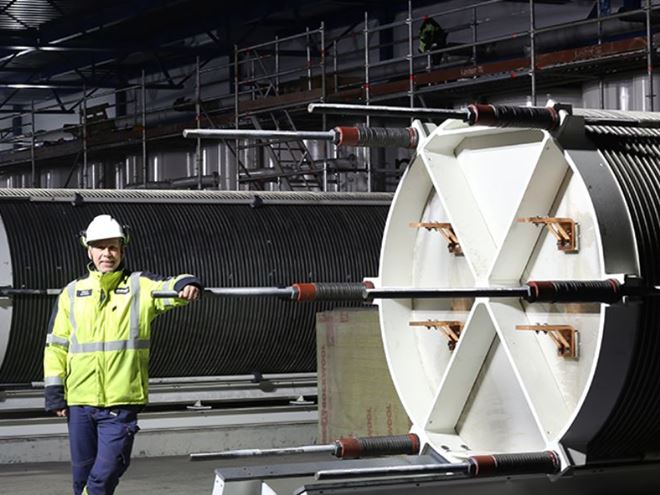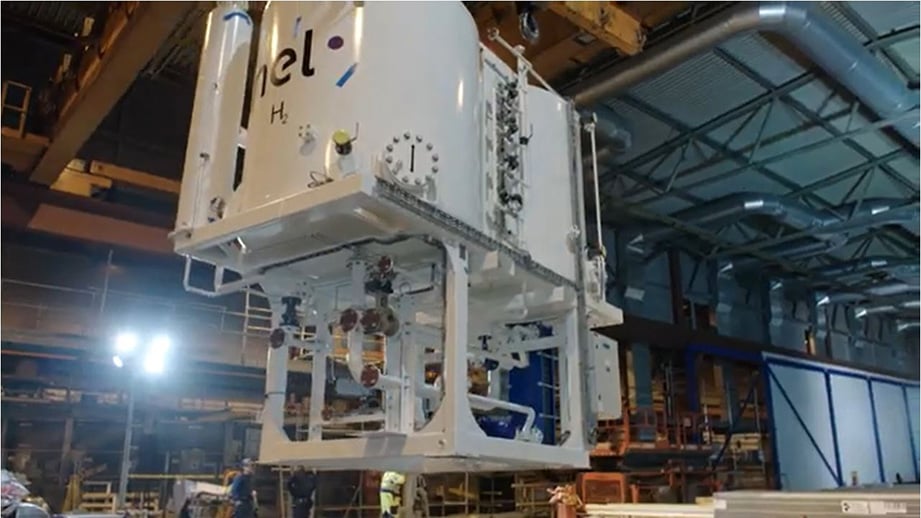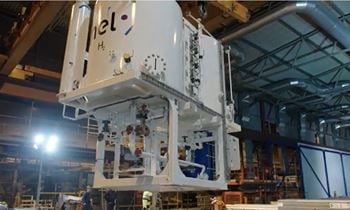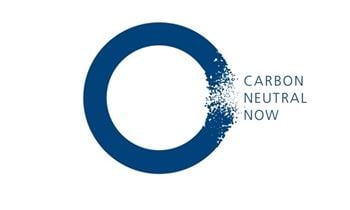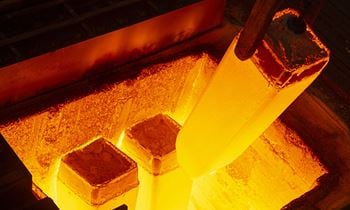When our electrolyzer ramps up to start full-scale production after the summer break, it will enable us to cut our CO2 emissions by 20,000 tonnes per year by reducing our reliance on fossil fuels. As one of the largest electrolyzers in Europe, the plant has a capacity of 8 tonnes of hydrogen per day and a power rating of 20 megawatts.
It is just the latest milestone along the path towards our long-term goal for zero-emission steel production. The origins of the Hofors steel mill date back to the start of iron production in 1549. In more recent times, we made our first step into sustainability in 1930 with our first electric arc furnace (EAF). Major steps since then include closing our last blast furnace in 1977, conversion of steel heating furnaces to oxyfuel in 1995, starting electrification of heat treatment furnaces in 2012 and publishing our first verified climate declarations in 2018.
This year, several market reports have highlighted our leading position in sustainable steel. For example, we’ve been cited as having the lowest CO2 emissions and the most ambitious emissions reductions targets.
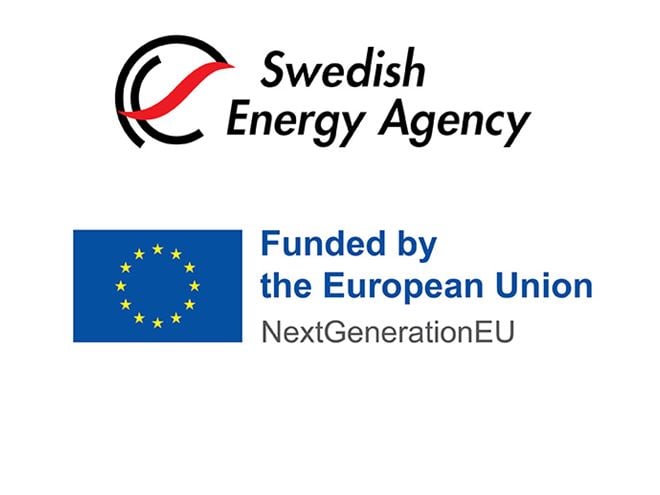
Looking ahead, electrification will be essential for the next steps in our decarbonization journey. We now have one remaining major opportunity for electrification: the reheating furnaces for hot-forming or hot-rolling steel.
This is where our new hydrogen plant comes in. It will draw on Nordic electricity to produce low-emission hydrogen to fuel the reheating furnaces at Hofors.
Partnership is the new leadership
The new hydrogen plant offers benefits that go far beyond reducing Ovako’s own CO2 emissions. It will demonstrate hydrogen’s potential for controlling emissions across steelmaking and heavy transportation. It has only been possible with financial and technology support from our partners.
Sweden’s Energy Agency, provided funding under its Industrial decarbonization initiative. This included support from the EU’s Recovery and Resilience Facility (RRF), which is an element of the NextGeneration EU scheme that is contributing to a more environmentally friendly EU.
From a technology and project delivery perspective, Hitachi Energy and Nel Hydrogen have provided know-how to deliver a plant that is optimized to fuel our furnaces and also support the stability of the electric power grid.
Our other partners are Volvo Group and H2 Green Steel. They are important for the wider adoption of hydrogen. Volvo will use experience at Hofors to inform its ‘cellcentric’ joint venture with Daimler Trucks that is evaluating the potential use of hydrogen as a fuel for emission-free road transport. Similarly, H2 Green Steel will use our experience as a legacy steelmaker in deploying hydrogen technology to inform its greenfield approach to low-emission steelmaking.
Applying lessons to achieve our 2030 sustainability target
Because the electrolyzer is located close to the furnaces at Hofors, our approach to hydrogen can be seen as borrowing water for a short period of time. The plant draws the water and splits it into hydrogen and oxygen. Shortly afterwards, we then combine the H2 and O2 into oxyfuel for injection into the furnace, where combustion re-forms water. This approach requires only a few minutes of storage as a buffer for fluctuations in production and demand.
We’re now in the phase of shaking down the new plant and performing trials to ensure that system components work as expected. There are a lot of individual components in the system. These include the electrolyzer itself, as well as scrubbers, storage tanks, compressors and pipework, plus electrical transformers and rectifiers, and integration of control and automation systems.
